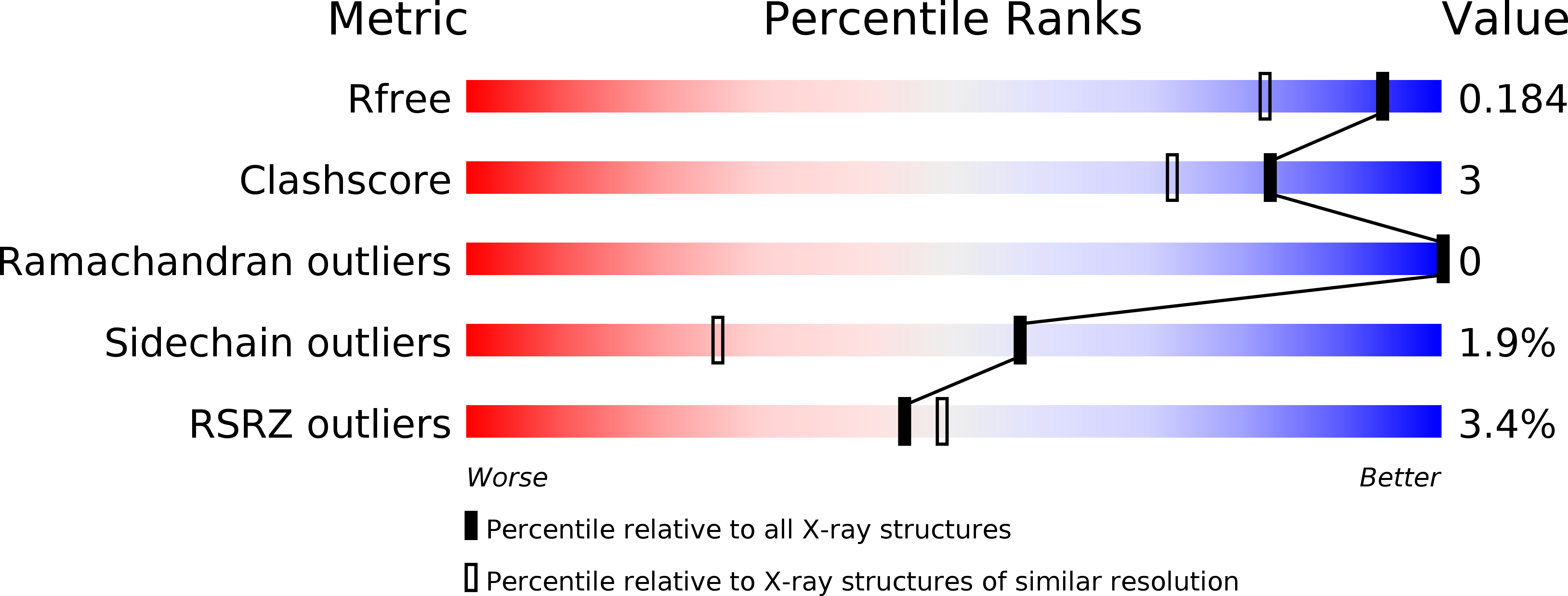
Deposition Date
2017-11-30
Release Date
2018-06-06
Last Version Date
2024-03-27
Entry Detail
PDB ID:
5YWR
Keywords:
Title:
Crystal Structure of RING E3 ligase ZNRF1 in complex with Ube2N (Ubc13)
Biological Source:
Source Organism:
Homo sapiens (Taxon ID: 9606)
Host Organism:
Method Details:
Experimental Method:
Resolution:
1.47 Å
R-Value Free:
0.18
R-Value Work:
0.16
R-Value Observed:
0.16
Space Group:
P 21 21 21


